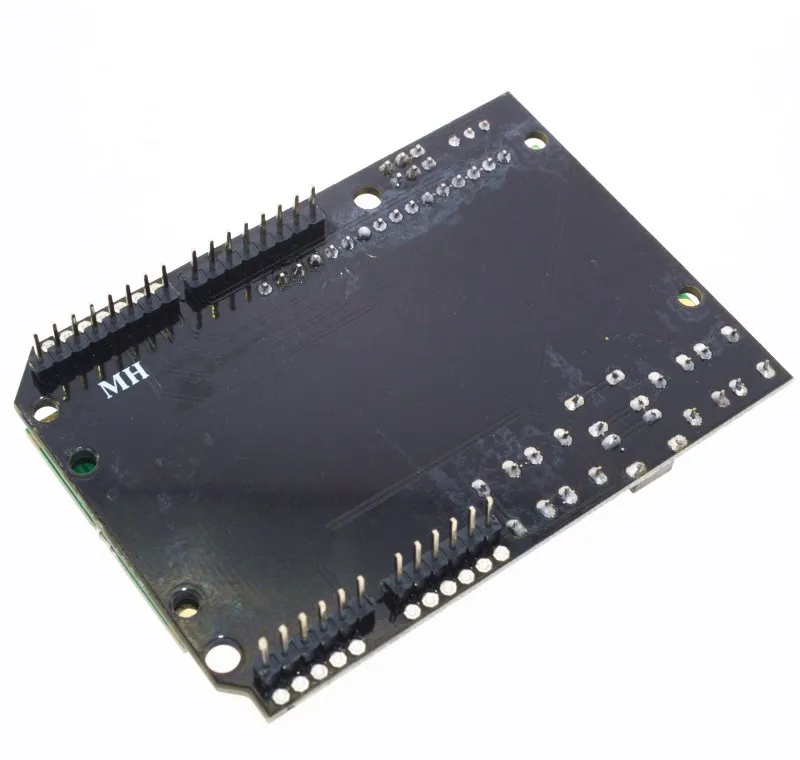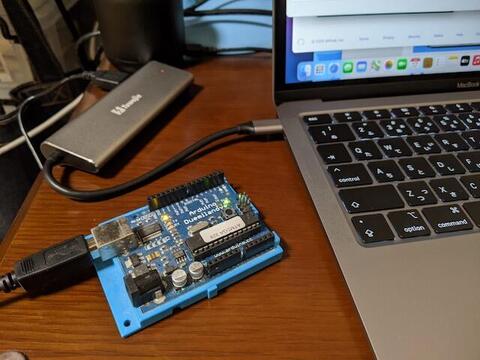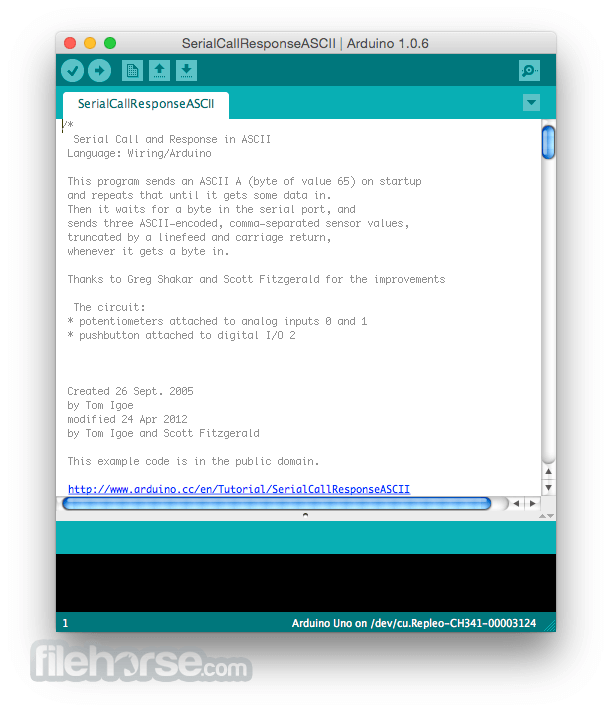

Look under Tools/Serial Port/ and we should see DEV/tty.usbmodem as well as DEV/cu.usbmodem.Watch for a LED to blink to confirm some life.If you are using Arduino, we can simply plug the device into your computer.

Now let's make sure your device is showing up when it is plugged into your Mac. ** note : ** This operation will require Administrative access.Ĭongratulations you have installed your FTDI drivers! Confirm operation
#MAC M1 ARDUINO SOFTWARE LICENSE#
Click continue through the main windows, and agree to terms of software license agreement to install Find your computer operating system in the list and select the appropriate download link Scroll down a little to find the table of download links.

Head over to the FTDI Chip drivers page.We will NOT be installing any D2XX drivers. This is important to note when looking at the FTDI driver download page. When working with most of our FTDI products you are going to be using the FTDI as a "Virtual Com Port" or VCP. Make sure you select the proper one for your OS.
#MAC M1 ARDUINO FOR MAC#
There is a different driver version for Mac 10.3-10.8 and Mac OS 10.9 and above. Note : My Mac is running Mac OS 10.9.5, however these steps should apply to all modern OS versions. To get started on a Mac, follow along with these steps. Some parts that use these drivers include the FTDI basic, Sparkfun Redboard and other Arduino boards that make use of a FTDI chip. These drivers are vital to getting many of our products up and running. The port should show up as /dev/cu.usbserial-AR0JT9YB or similar.Let's talk about FTDI drivers. Then in Arduino IDE rather than using "Get Board Info", just set Tools/Port to that USB port and try to upload a sketch. Use ls /dev/cu.* in a terminal window to see if the device is showing as a call-up USB device.
#MAC M1 ARDUINO HOW TO#
If non-standard PIDs or VIDs are causing devices to be blocked, then a possibility (which I have not tested) might be just to reflash the config on the FTDI device see: dangerousprototypes - how to get a nicely named serial device. On the macOS desktop, the \About this Mac\System Report\USB information (which I think is a GUI representation of the ioreg mentioned above?) shows the device as: FT232R USB UART: Mine shows up as /dev/cu.usbserial-A5XK3RJT I use ls /dev/cu.* in a terminal window to check which USB devices are plugged in. If anyone can point to more information about the built in driver that would be awesome. This supports answer regarding a built in driver. I just went back through my downloads used in setting up the machine, as far as I can recall I did not have to download the FTDI driver which I used to on the previous older machine. I run macOS Big Sur on M1 silicon (a new machine installed in the last month) and also FT232RL interfaces (e.g., cheap HW-417-V1.2 unit). Any know if this means a new device for Big Sur is indicated as per Majenko♦ ? Which does not appear to contain the device afai can see. Vendor ID: 0x0403 (Future Technology Devices International Limited)Įxecuting the ioreg mentioned by gives +-o Root It appears that the device is being instantiated but the Arduino IDE gets no response to the Get Board Info. Can someone point me at how to determine whether v11.1 supports this USB chip? I've scored a couple Nanos with FT232RL chips but can't see them on my brand new M1 mini.


 0 kommentar(er)
0 kommentar(er)
